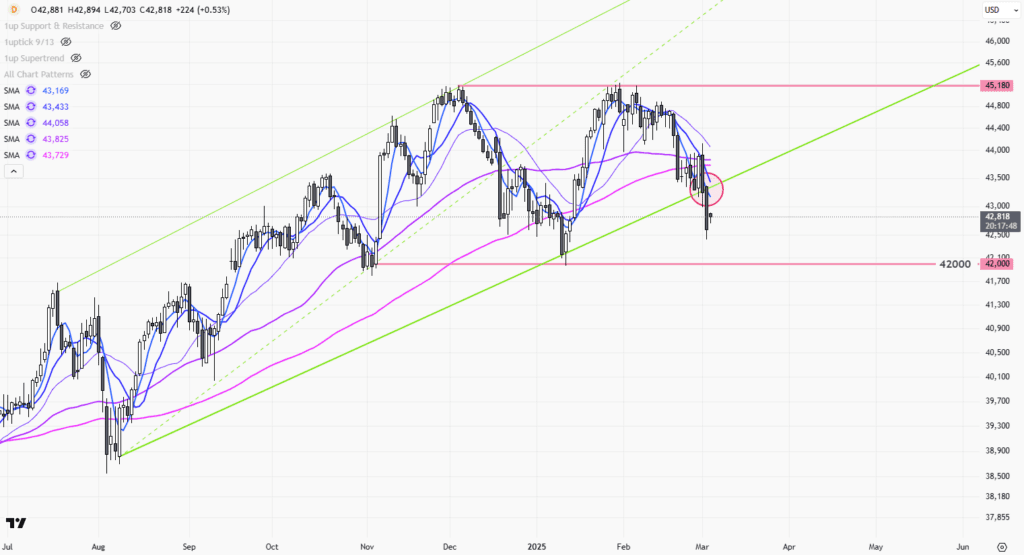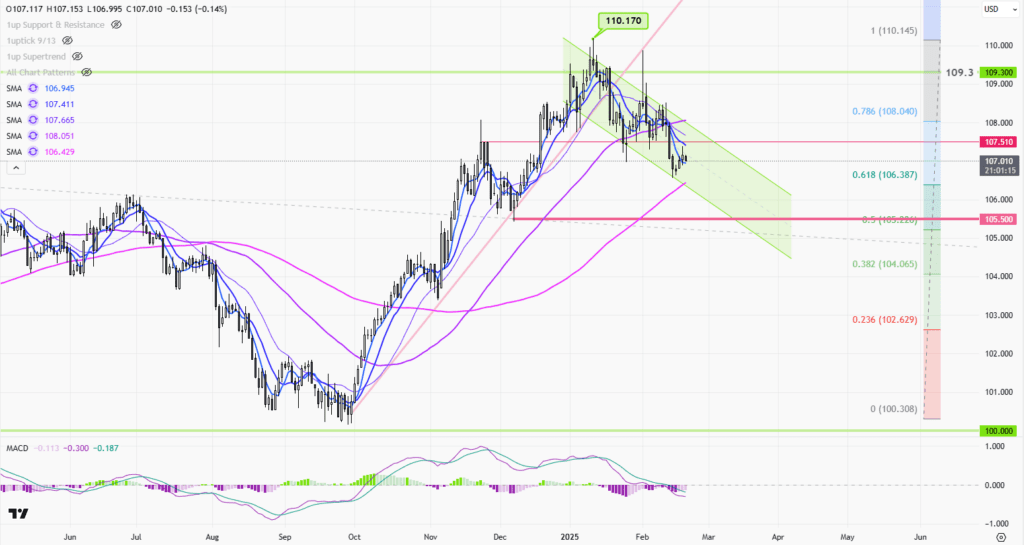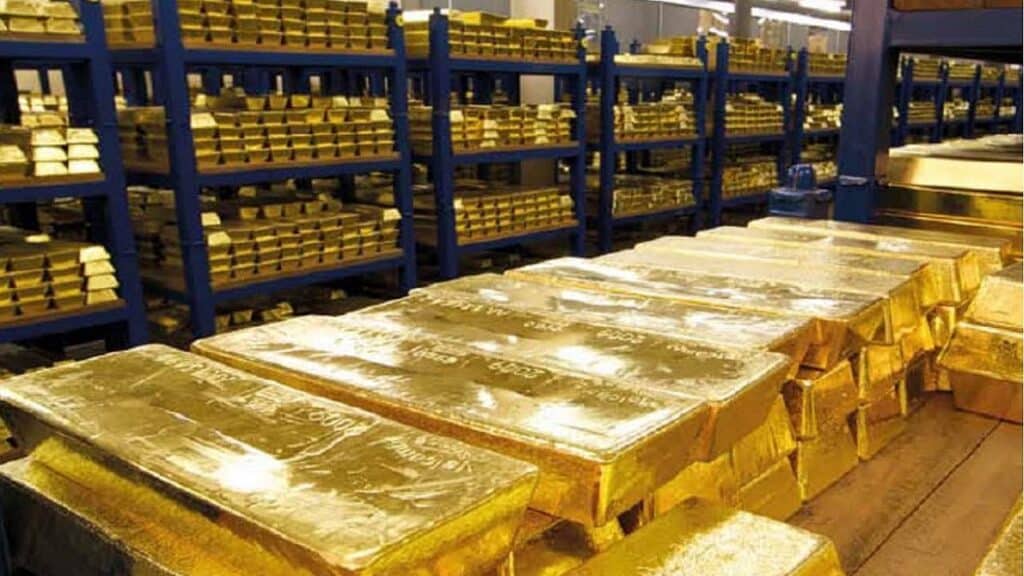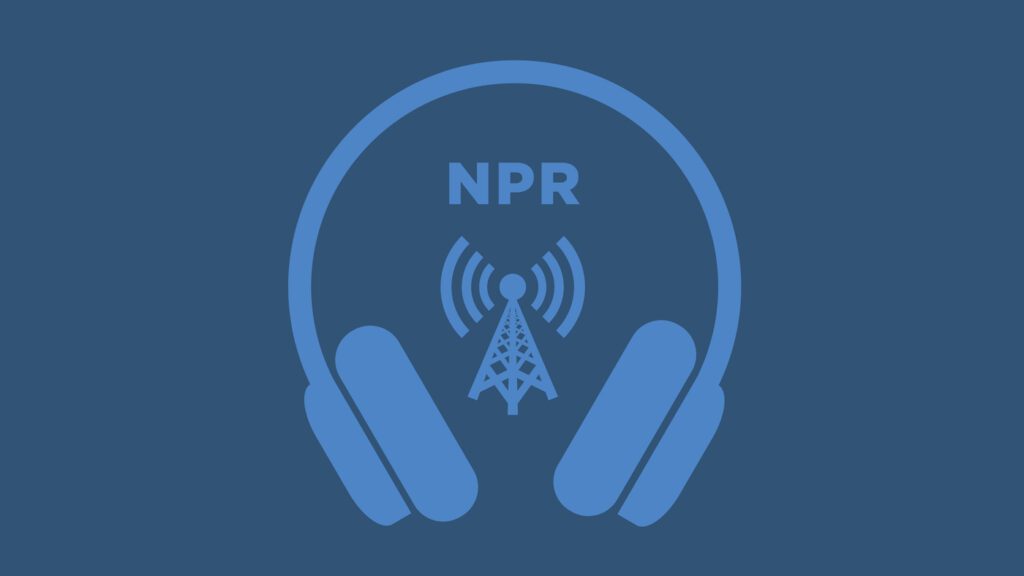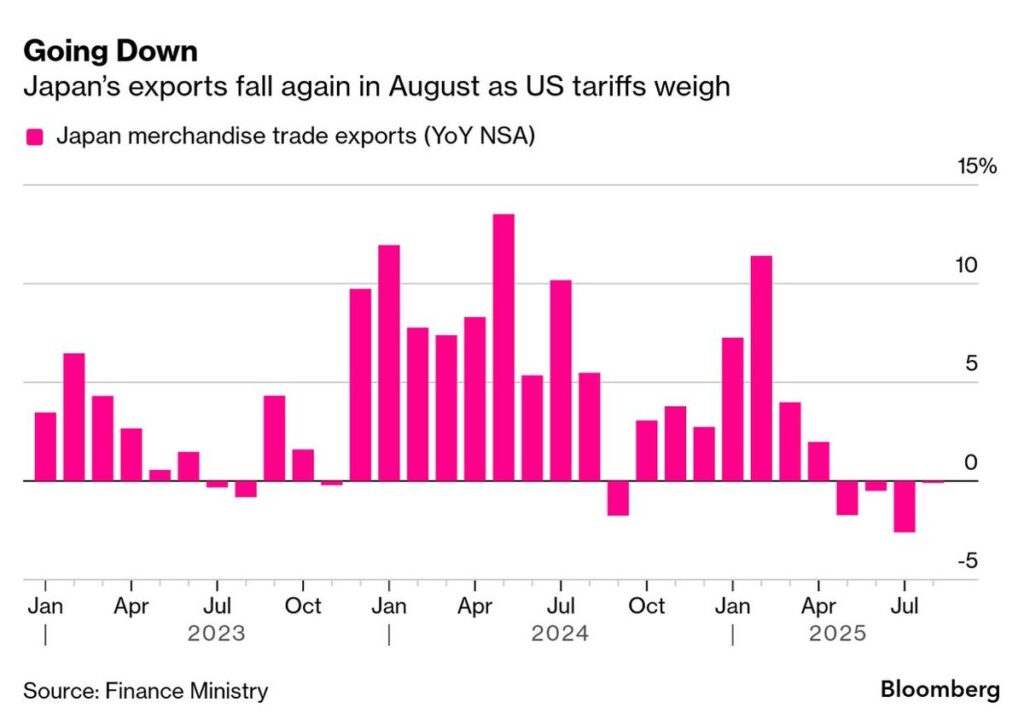 |
| Gold V.1.3.1 signal Telegram Channel (English) |

Federal Reserve’s September Rate Decision: Cautious Approach Amid Mixed Economic Signals and Market Expectations
2025-08-22 @ 04:01
The Federal Reserve’s September Rate Cut: Cautious Optimism Amid Crucial Data
As the Federal Reserve approaches its highly anticipated September policy meeting, market participants are debating whether a rate cut is coming, and if so, how large it might be. While the idea of a rate reduction has gained traction in recent months, officials at the Kansas City Federal Reserve, among others, have signaled a more cautious approach, emphasizing the importance of upcoming economic data before making any definitive moves.
The Landscape: Resilient Markets but Tepid Economic Growth
Over the past months, U.S. financial markets have remained relatively stable. Equity prices have advanced, buoyed largely by optimism surrounding technological innovation and the rapid adoption of artificial intelligence among the nation’s largest firms. Credit spreads have narrowed, reflecting a measure of investor confidence in the ongoing resilience of the U.S. economy.
Yet beneath this surface optimism, underlying economic data have shown signs of moderation. Recent jobs reports have revealed a slowdown in hiring, raising the possibility that the labor market is losing momentum. Inflation indicators remain a central focus, with market-based measures of inflation compensation moving only modestly higher. This suggests that, while there is some concern about price pressures, they are not yet perceived as urgent.
Fed on Hold—for Now
Federal Reserve officials have maintained a steady course in recent meetings. Policy rate expectations, as reflected in both central bank communications and market surveys, indicate that officials currently anticipate one or two 25 basis point rate cuts before the end of the year. This marks a shift from earlier, more aggressive rate-hiking cycles, as the Fed continues its transition toward supporting sustainable economic growth rather than fighting runaway inflation.
What’s driving the central bank’s caution? For one, the Fed remains acutely aware of the risks of acting too soon. Cutting rates with inflation still above target could reignite price pressures, potentially forcing a reversal in policy. Additionally, the labor market, while showing signs of coolness, has not yet deteriorated to worrisome levels that would demand immediate intervention. Policymakers are keen to avoid the perception that they’re responding to short-term market moves rather than underlying economic fundamentals.
September’s Decision: Dependent on Data
Looking ahead to the September meeting, much depends on incoming economic data. If hiring continues to slow and inflation persists at moderate levels, the case for a rate cut strengthens considerably. Conversely, if the job market shows renewed strength or inflation ticks upward, officials may decide to hold rates steady a bit longer.
Importantly, central bank officials have underscored the point that each meeting remains “data dependent.” That means any shift in policy will be justified by clear evidence from the economy itself—whether that be further softening in employment, stagnation in wage growth, or persistent inflation below target.
Market Expectations Versus Fed Signals
Market pricing currently reflects an elevated expectation for a rate cut in September, with some investors betting on multiple reductions by year-end. However, the Federal Reserve has not yet signaled a firm commitment. This gap between market hopes and official caution highlights the challenge facing policymakers: balancing the risk of premature action against the need to provide support should economic conditions worsen.
A Delicate Balancing Act
The months ahead will test the Fed’s ability to respond to a dynamic economic environment. While market optimism is supported by the resilience of major technology firms and easing credit conditions, policymakers are watching for broader signs of economic stress before committing to a course of action. With global uncertainties adding further complexity—ranging from international trade developments to political pressures—the September meeting will be watched closely by markets and policymakers alike.
In summary, while a rate cut in September remains possible and market expectations are building, the Federal Reserve is approaching the decision with caution. The central bank’s next moves will hinge on a careful reading of jobs data, inflation figures, and other key indicators over the coming weeks. For investors and observers, the message is clear: stay tuned for a “very consequential” period as the U.S. economy and its central bank navigate uncertain waters.


